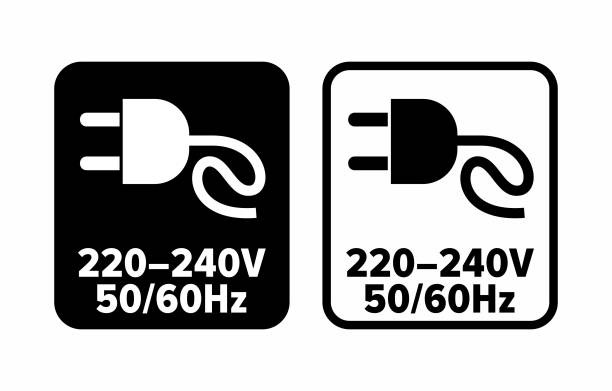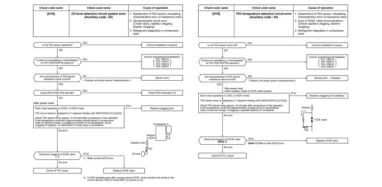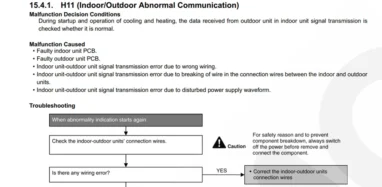Learning how to wire a 220 outlet for an air conditioner is important so you can get your unit safely up running to keep you and your whole family cool and comfy.
Steps for wiring a 220V outlet for your AC

The majority of households today are wired with 220 outlets. It is a center-tapped supply for the house to be wired like there were a couple of 110V voltage supplies. Most applies draw lower than 15 amps and powering them only requires 110V.
But, larger appliances such as air conditioners, ranges, and dryers need 220V. Is 220v cheaper than 110v?
Most air compressors also need higher power than a 15 or 10-amp 110V circuit can offer. This means that there is a need to connect to a circuit using the total 220V supply. This will also mean having to wire a plug for most appliances.
The 220V outlet is very common in Europe. Outlets that look the same are being used for the heavy-duty appliances in the United States that usually require users to have the wire plugged in.
Follow these steps to wire a 220 outlet for your air conditioner:
- Check the supplied directions. It is likely that the instructions are included if the plug has a plastic bag that came with it. Make sure that you read and understand them.
- Identify the prongs. In case you already have a wired 110V plug or fixture, you might already know that different prongs can connect to different wire colors. The same principle is also applicable for 220V plugs. It is extremely important to be extra careful so that you don’t trip the circuit breaker.
Three-prong plugs connect to wires with two colors, each of which supplies 110V as well as a bare copper wire serving as the ground. One of the colored wires is going to be black and the other one will be blue, white, or blue. Four-prong plugs attach to a red and a black wire that supplies 110V each, a bare copper wire for the ground, and white neutral wire.
- Strip off the insulation jackets. Remove about half an inch of the insulation from every wire in the bundle with the use of wire strippers.
- Attach the wires and the prongs. The wire bundle must be fed in to the open-faced assembly of the plug. Connect each of the colored wires to their respective prongs with the use of a screwdriver or pliers.
- Proceed to assembling the plug. Put the cap piece on top of the other half with wired prongs. Put the supplied screw in the screw hole then tighten this until you are sure that the cap is tight and won’t come loose. It is enough to tighten it by hand.
Tips to remember when installing the outlet for your air conditioner
The air conditioner outlet is the one connecting the power source and your air conditioner and these outlets are often not the same as the conventional and usual outlets. These often vary in terms of current rating since air conditioners need higher or sometimes lower current than normal.
This is why the air conditioner outlet you choose mainly depends on the power required by your air conditioning unit. It means that you have to check the specific type of plug that your air conditioner has then compared this to your wall outlet.
Aside from this, good quality AC outlets will also offer additional safety measurements like better isolation as well as electric shock protection such as during thunderstorms ( Should i turn off my window ac during a thunderstorm? ) and others.
However, there is still more to air conditioner outlets than a mere wall plug. Qualified electricians must and can install an entire outlet that includes the correct wall plug and wiring this up with the power source, which includes an adequate current adapter and transformer. You can get these from a certified vendor of electric equipment to ensure the reliability and proper functionality of your AC unit.
Just like how the old saying tells you to watch your Qs and Ps, the same thing also applies when it comes to your air conditioner outlet. In this case, you should watch your Rs and Ps or your receptacles and plugs.
The receptacles on the AC cord will let you know what type of outlet is needed together with the user manual. The requirements on this greatly differ from model to model and depending on where you purchased your AC unit. These can vary ranging from 115V up to 480V with the current requirements starting at 15A to 30A. It also depends on the specific type of AC that you have. For instance, a window AC will often require 250V and 15A while other big warehouse air conditioners often go higher than this.
Common AC wiring problems to watch out for
When wiring the outlet for your air conditioner, there are several problems you need to watch out for to prevent more serious and hazardous concerns in the long run.
- Exposed wires
The presence of bare wire around the AC unit can be considered a major concern because it can cause fire and electrocution hazards. This may also end up damaging your equipment once it comes into contact with another live wire or water. Check for pinched and stripped wires in the system but avoid touching them. These may be hidden in pathways and walls and can only be located with the help of a professional technician.
- Faulty wiring
The wire will short out if an electrical wire gets more current than what it can handle. A short circuit may end up damaging equipment and may even lead to fire hazards. It mainly happens because of worn-out wires and power outages. Usually, a wiring problem may be at the component level because of a faulty thermostat, bad capacitor, or incorrect type of fuse.
- Loose connection
Several electrical wires provide current to various components of your AC. After some time, these wires may lose contact with the power source or component and get dislodged. It can disrupt the flow of current to the affected part and lead to malfunctioning.


